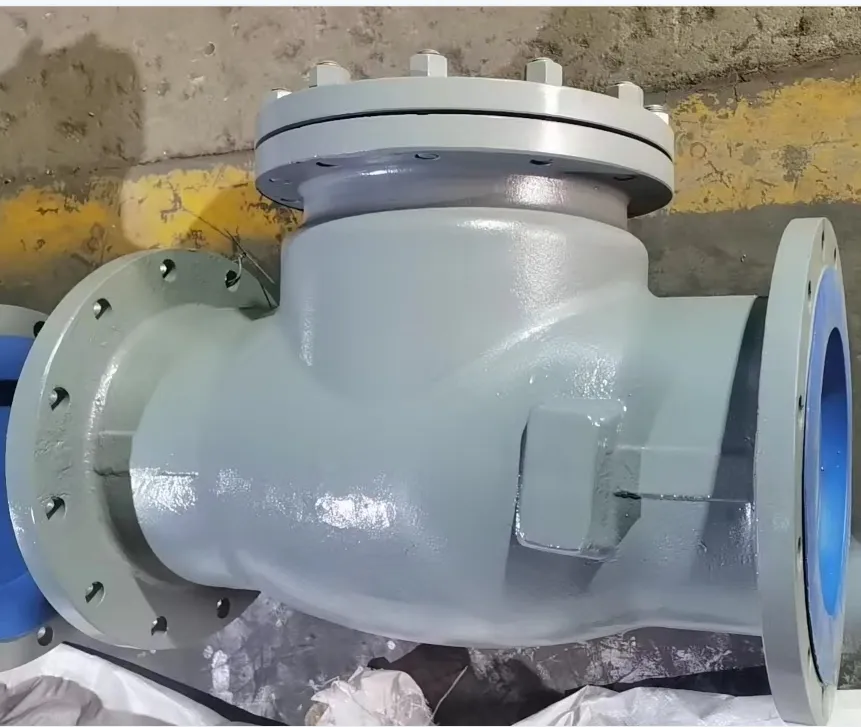gate valve manual
Understanding Gate Valve Operation and Maintenance
Gate valves are essential components in various fluid control systems, primarily used to start or stop the flow of liquids or gases. They are designed to provide minimal flow resistance when fully open, making them an ideal choice for pipelines where pressure drop is a concern. This article aims to provide an overview of gate valve operation and maintenance, based on comprehensive gate valve manuals.
Operation of Gate Valves
Gate valves are typically operated using a handwheel or an actuator, which controls the position of the gate—a wedge-shaped closure element that fits snugly against the valve seat when closed. When the valve is opened, the gate is lifted completely out of the flow path, allowing fluids to flow freely. This design minimizes turbulence and energy loss, making gate valves preferable for on/off service in high-pressure applications.
There are two primary types of gate valves rising stem and non-rising stem. In rising stem gate valves, the stem moves upwards as the valve is opened, providing a visual indication of the valve position. Conversely, non-rising stem valves do not exhibit this feature, making them suitable for applications with limited vertical space.
Advantages of Gate Valves
One of the significant advantages of gate valves is their low friction loss when fully open. This makes them efficient for systems where maintaining flow rates is critical. Additionally, they offer excellent sealing capabilities because the gate can be machined to precise tolerances, ensuring a tight seal against leakage when closed.
gate valve manual

Gate valves are also versatile and can be made from various materials, such as cast iron, stainless steel, and bronze, allowing for use in different service conditions—be it corrosive environments or high-temperature applications.
Maintenance of Gate Valves
Proper maintenance is crucial to ensure the longevity and reliable operation of gate valves. Regular inspections are recommended, focusing on the physical condition of the valve and its components. Look for signs of corrosion, wear, or any physical damage to the valve body and stem.
Lubrication of the stem and packing should be performed periodically. This not only facilitates smoother operation but also helps prevent seizing or sticking, which can lead to failure during operation. It is essential to follow the manufacturer's guidelines on lubrication intervals and the appropriate type of lubricant.
Additionally, periodic testing of the valve’s operational functionality is essential. This involves opening and closing the valve to ensure it moves freely and does not exhibit excessive resistance or leakage.
Conclusion
Gate valves play a vital role in fluid control systems across a variety of industries. Understanding their operation, advantages, and maintenance requirements is crucial for ensuring efficient and reliable performance. By following the best practices outlined in gate valve manuals, operators can extend the life of these critical components and avoid costly downtimes due to valve failures. Regular training and adherence to maintenance schedules will significantly enhance operational efficiency in any facility utilizing gate valves.
-
The Key to Fluid Control: Exploring the Advantages of Ball Valves in Industrial SystemsNewsJul.09,2025
-
The Versatile World of 1, 2, and 3 Piece Ball ValvesNewsJul.09,2025
-
Stainless Steel Ball Valves: The Ideal Choice for Efficient Flow ControlNewsJul.09,2025
-
Optimizing Fluid Control with Ball Float ValvesNewsJul.09,2025
-
Manual Gate Valves: Essential for Control and EfficiencyNewsJul.09,2025
-
Everything You Need to Know About Butterfly ValvesNewsJul.09,2025
-
The Versatility of Wafer Type Butterfly ValvesNewsJul.08,2025




